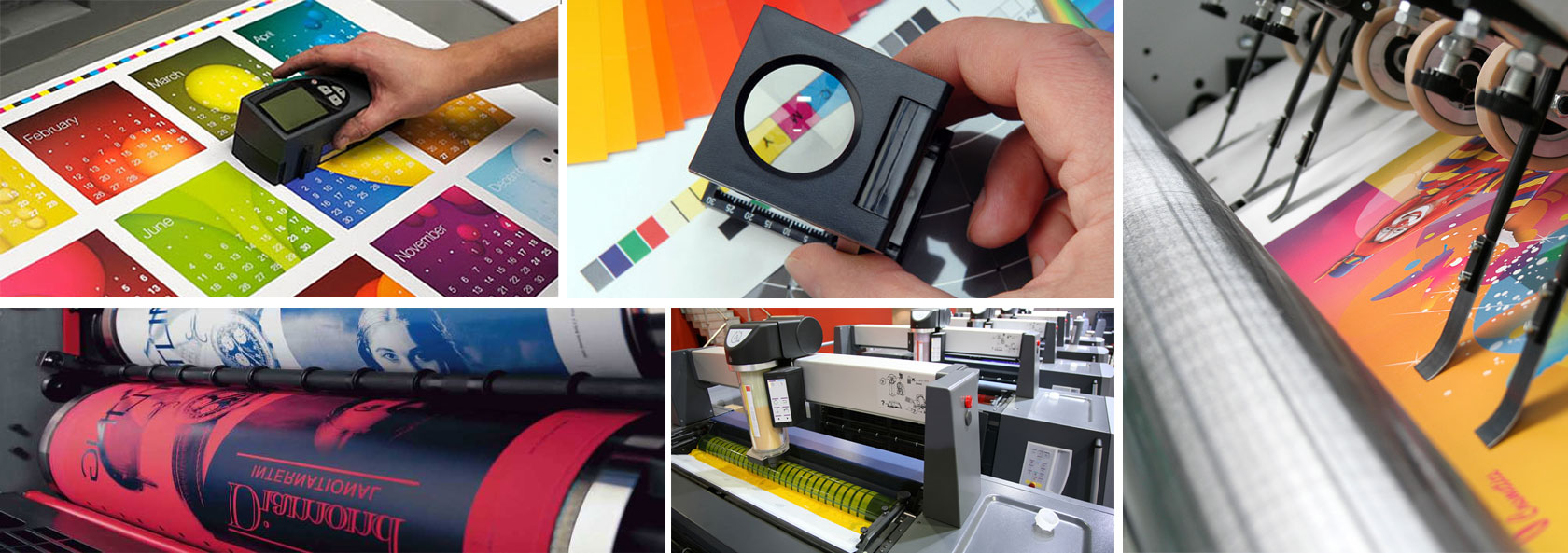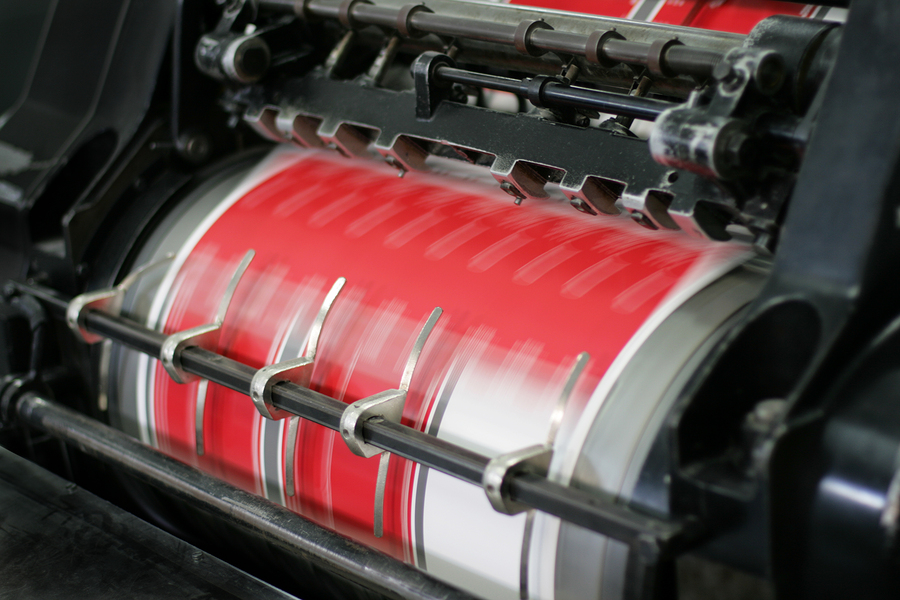A Comprehensive Overview to Recognizing Litho Printing Techniques
The world of litho printing, a strategy originating from the late 18th century, is a fascinating mix of history, innovation, scientific research and art. This comprehensive guide will certainly decipher the intricacies of this printing method, from the make-up of litho inks to the challenges faced in modern applications. As we venture into the ins and outs of lithography, the relevance of automation and sustainability in guaranteeing its future importance becomes increasingly clear. Stick with us as we journey into the captivating realm of litho printing.
The Historical Development of Litho Printing
The historic trajectory of litho printing, a critical development in the realm of communication, is a captivating story of human ingenuity. The process progressed with the introduction of the rotating press, which significantly enhanced efficiency. Each phase of litho printing's development showcases humanity's relentless search of performance and high quality in visual interaction.
Decoding the Scientific Research Behind Litho Printing Inks
Moving on in the expedition of litho printing methods, the focus currently shifts to the scientific research behind litho printing inks. The structure of these inks, their drying out procedure, and color mixing techniques form the backbone of this intricate art type. Understanding these components is crucial to mastering the craft and accomplishing the desired print results.
Make-up of Litho Inks
In lithographic printing, the fundamental function of litho inks can not be overemphasized. Pigments, the color-providing elements, are finely ground bits put on hold in the car, a fluid that brings the pigment onto the printing surface area. Each part plays an important component in the last print's quality, making the accurate formula of litho inks an intricate scientific research.
Ink Drying Process
From the composition of litho inks, attention turns to the remarkable procedure of ink drying. The drying out procedure is vital, as it impacts the last print's high quality and durability. 2 main approaches are made use of in litho printing: oxidative drying and absorption. Oxidative drying entails the ink responding with oxygen airborne to create a difficult, completely dry movie. This method provides a resilient coating, but can be slower contrasted to absorption. Absorption, on the other hand, involves the ink seeping right into the paper fibers, which is a quicker procedure yet can result in much less vibrant shades. The choice in between these techniques is reliant upon aspects such as print rate needs, the paper kind used, and the wanted coating.
Shade Combining Techniques
While the drying out procedure plays a vital function in litho printing, the science of color mixing methods holds equal importance. The science behind litho printing inks additionally takes into account the transparency of the ink, which influences how shades overlay and mix.
The Art and Design Elements in Litho Printing
Litho printing takes a breath life right into my link art and design with its distinct components. The procedure involves developing an image on a lithographic sedimentary rock plate or metal plate with a smooth site surface area. The image is after that printed onto a medium, normally paper, by moving the ink from home plate. What sets litho printing apart is its ability to reproduce elaborate layouts with high integrity, making the outcome nearly similar to the original artwork. This is accomplished through the use of various line strategies such as hatching, cross-hatching, and stippling, which enable a range of tonal effects. Litho printing accommodates a variety of shades, enabling artists to develop dynamic and vivid prints. This mix of precision and convenience makes litho printing a recommended selection for several musicians and developers.
Modern Applications of Litho Printing Techniques
Litho printing methods have actually discovered comprehensive use in the modern-day business market. Its impact and relevance continue to grow with the advent of brand-new innovations and modern technologies in the field. This area will certainly explore these modern applications and the transformative function they play in the printing market.
Business Litho Printing Makes Use Of
Litho printing remains a crucial part of the commercial industry. High-volume printing tasks, such as the manufacturing of publications, newspapers, and packaging, rely on litho printing for its ability to deliver exceptional picture high quality and expense effectiveness. Litho printing likewise offers a broad shade range, premium to that of electronic printing.
Advancements in Litho Printing
Pressing the borders of typical techniques, modern-day developments have sustained a host of developments in litho printing. One noticeable advancement is electronic litho printing, which incorporates the merits of electronic innovation with litho's high-quality outcome. These innovations highlight the long-lasting relevance of litho printing in the contemporary world.
Exploring the Process of Litho Printing: Action by Action

Difficulties and Solutions in Contemporary Litho Printing
Despite the precision and custom that litho printing happily maintains, it is not without its collection webpage of contemporary challenges. The most common concerns consist of the high first arrangement expense, difficulty in printing variable data, and ecological concerns because of chemical use. Options are arising as innovation progresses. Digital litho printing enables affordable brief runs and simple modification, resolving the issue of variable information. Environmentally-friendly inks and much safer plate-making procedures mitigate environmental concerns. Furthermore, developments in automation have actually lowered labor prices, further equalizing the lithography process. Therefore, while there are difficulties, the litho printing market is proactively adapting to meet them head-on, ensuring its significance in the future.
Final thought
Finally, litho printing, with its rich history and scientific intricacies, holds a substantial location in the print market. As the overview reveals, it's a synthesis of art and innovation, with modern-day developments ensuring its importance. Nevertheless, the industry encounters obstacles that need innovative services, with a focus on automation and sustainability. The future of litho printing pivots on its ability to adapt to these changing demands, attesting its long-lasting worth in a progressing market.
